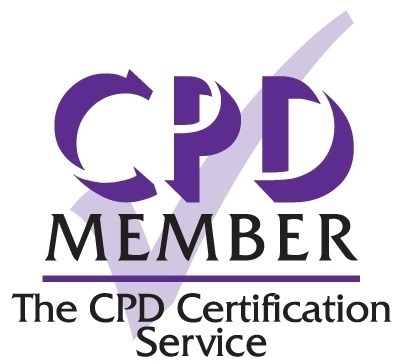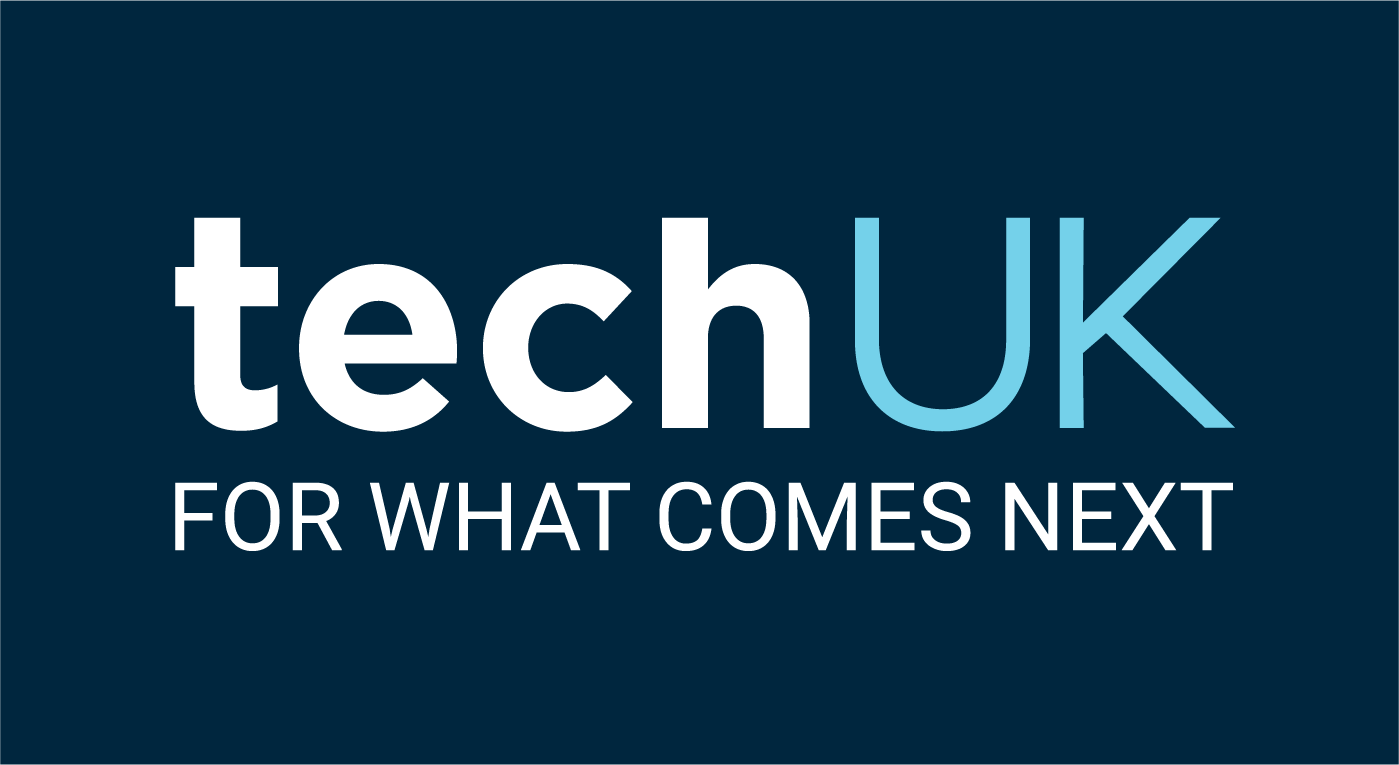
Digital health change & training – the 5 levels of good learning and adoption
These days most digital health programmes, large or small, allow time and resources for training. […]

Preparing for an EPR go-live is a complex and consuming task, everything is planned around that all important go-live date. The date is the focus; it drives deadlines, plans, risks and all activities to ready the staff.
But with so much effort being put on arriving at this huge event, it is easy to lose sight of what happens after. In the frantic preparations for the big go-live there is often lack of bandwidth to discuss and agree how and also who will continue the work after go-live.
The reality is that go-live is just the beginning of the journey. Go-live brings a basic system online, optimisation turns on the intended benefits.
Success lies in having the steps in place ahead of time to assure that optimisation is planned early on with resources, budget, governance and change plans. Key to this is to consider the go-live as the start to a long transformation journey.
Here are 6 steps to achieve this:
1. Shift from stabilisation to optimisation
Once the EPR is live there is a period of stabilisation whilst everyone gets to grips with the new system and recovers from such a large change. This period of time can feel like a low ROI with a decrease in productivity, staff discontent, inefficiency or even patient complaints – planning for this will help manage expectations.
Go-live support efforts are focused on reaching that “stable” sweet spot as quickly as possible. It is at this point that the EPR optimisation team should start to take over to understand the users’ needs and the value of the optimisation. Users complaints soon turn into questions about ways the system could support further improvements of workflow efficiencies, it is key at that point to capitalise on the momentum and engagement achieved.
This is also the opportune time to ensure all aspects of the implementation are duly completed – for example that downtime procedures are well communicated throughout the Trust and embedded into the organisation’s SOPs.
2. Realign resources to support optimisation
During go-live it is “all hands on deck”, it’s hard to see or think beyond the burning issues at hand. It is therefore important to have given some thought as to how resources will be re-aligned to optimisation and what criteria will be used to do so, prior to go-live.
Part of the plan should be to assess the team and identify those who will continue past the stabilisation and go into the optimisation team – key is to continue to have the appropriate skills involved (training, communication, change analysts, configuration analysts) as well as operational leadership involvement.
For example, the training team should move from catch-up training to establishing advanced training – they will do this by analysing the way users are interacting with the system, identifying good practice and putting in place mentoring opportunities to share best practice. They may also deliver tailored training courses based on departments or functionality, for example Order Management, that are identified as requiring additional training to drive efficiency.
3. Set up strong governance and change control
This step is often forgotten or not dealt with, but it is actually the most important if any optimisation programme is to succeed. A strong governance structure ensures that:
Strong governance is supported by a change control process providing structure, guidance, rules and overall consistency.
4. Realise those benefits (eventually)
After all the planning and visualising of benefits, now comes the time to measure them. If a strong benefits realisation plan exists the relevant benefit owners will have been identified and measurement reports will have been agreed. If not, it’s now time to prioritise this activity although pre go-live baseline metrics will no longer be possible. Some benefits will take years to realise so ownership and tracking must be embedded in the SOPs and tied into the BAU governance.
Although it’s important to measure those benefits identified in the business case, chances are new previously unidentified benefits will start appearing – these should be measured and communicated as part of the post go-live communications plan.
5. Engage and communicate
Change management, communication, marketing, PR – these disciplines are key to a successful go-live but continue into optimisation.
Champions, superusers, leaders, ambassadors etc should continue to be engaged with and involved in decision making as part of the post go-live governance structure. Their journey in shaping the EPR is only commencing at go-live and the governance structure should ensure that they continue to be heard.
Communication in the optimisation phase should help to drive adoption and maintain momentum by sharing the positive effects that the changes have had on patient care and for the organisation. Tell the users’ experiences, find good news stories to shout about, but also talk about how people are overcoming difficulties – whether specific to individual teams or relevant to the organisation as a whole.

6. Sharing within the healthcare system
With the NHS priority on creating strong partnerships between NHS organisations, local government and private sector partners should look at how their EPR implementation could be leveraged to support the ICS digital agenda (if it’s not already so).
This could take many shapes and sizes from sharing the lessons learned of a large digital transformation, to exploring the possibilities offered by the technology to support better sharing of data. In all cases, supporting wider digital transformation will involve a level of change and therefore further optimisation should be part of the organisation’s optimisation plan.
Implementing an EPR is a marathon not a sprint, but when does it end? Does it ever? A programme brings together a large number of resources to achieve a common vision, however that vision does not come to life at go-live.
Key to a successful optimisation is first to plan for it – by anticipating the resourcing needs and preparing stakeholders. Eventually, like any programme, it requires clarity of purpose, engagement and a strong governance structure. An effective optimisation programme can truly deliver that “Transformation” leading to streamlined access to data, increased clinical engagement, improved workflows and clinical outcomes.

These days most digital health programmes, large or small, allow time and resources for training. […]

There are 5 critical paths required for a successful EPR implementation and many potential blockers […]

There are many challenges in data validation in the mental health space, with the need […]
“We recognised the enormous impact a good floorwalking team has on the success of project implementation. With Ideal Training’s previous track record and experience in Cerner implementations, we felt confident in the service offered and would certainly consider working with them in the future”
“The E-Learning Development Manager from Ideal worked closely with my Training team to develop e-learning content for Maternity. The modules delivered were concise, thorough, and easy to absorb. The structure was clear, logical and effective, and included elements of interactivity and video. There has been a lot of praise by the SMEs and staff regarding the high quality of the work produced on a very complex specialty. I found working with Ideal to be a very positive experience. I would highly recommend for any related work”
“Ideal has an excellent reputation as a top-class training provider working exclusively in the health sector. With their experience and demonstrable track record in delivering IT training solutions to NHS organisations, Ideal was the clear choice for BT and Connecting for Health”
“The trainers Ideal provided have been brilliant. They not only provided the highest quality training and feedback, but were always prepared to go the extra mile when needed. Thanks for helping develop a relationship that we can rely on and when we’re looking for capacity to roll out the rest of eRecord we’ll be on the phone. Look after the trainers we’ve had – they’re a great bunch”
“For the implementation of our EPR+ programme, the Trust needed a partner who we were confident could help us successfully deliver the system. Ideal demonstrated an approach which married up to our requirements”
“Ideal's Digital Maturity review has enabled us to refocus our Digital and Data Strategies post-Covid, appreciating which shared and individual activities could support our ambitions for digital healthcare in our area. We are now taking the recommendations forward via a series of workshops across ICS partners to reprioritise and plan our next phase of activities”
“Perot Systems has worked with Ideal on provision of floor walking services to support large scale Cerner implementations. The success of the implementations and the smooth execution of the go lives have rested significantly on the success of the services that Ideal Training provide. The staff themselves are extremely knowledgeable in both the product and the NHS operations they support with specialist SME’s provided as demanded”.
"Ideal Health contributed towards the success of our Apollo Programme. They provided a team of 100 trainers who collaborated with our programme leaders and trainers to develop training materials aligned to our training strategy. Together, they created 800 engaging e-learning modules and delivered face-to-face training to over 30,000 staff across multiple locations. This comprehensive approach ensured that our workforce was well-prepared for the Epic programme's go live."
“The trainers supplied by Ideal did a very thorough job in preparing staff at the Royal Free, including adapting the programme to meet the needs and availability of the consultants. The trainers further enhanced the service by gathering information from the shop floor and feeding back to the training team. We were delighted with the service we received from Ideal”
“Ideal made a big difference. By using Ideal as the foundation of our floorwalking support, and augmenting this with Trust staff, we were able to ensure a constant, capable presence with our end-users 24/7. This would not have been possible without Ideal and reduced the impact on the wider Trust saving us from having to pause additional activity.”
“Ideal were a valuable partner as we engaged operational teams to translate our high-level ambitions into a meaningful vision and digital objectives. Their impartiality and customer focus meant they were able to communicate clearly with colleagues, identify common problems, and sensitively move past stress and ‘pet peeves’ to get to the heart of the difficulties our teams were experiencing in accessing the right information day to day”
“Ideal demonstrated great agility in supplying experienced support for the Trust’s EPR requirements and mapping exercises. They showed great flexibility in meeting the Trust’s needs, clearly articulating the approach and costs associated. This coupled with advice and experience enabled the ‘As Is’ and ‘To Be’ processes mapping to complete to time and quality”
"A big shout out to the Ideal Health team for being super friendly, flexible, and approachable. The more we work together, the better it gets. Familiar faces become part of the Go-Live team, learning the geography and culture of the organisation. Including the Ideal Health management team behind the scenes, we always feel fully supported with a "can-do" attitude that helps us make improvements every Go-Live. For those returning for the March Go-Lives, I look forward to working with you again!"
“We were most impressed with the calibre of floor walking staff supplied by Ideal. They were highly professional in their approach and demonstrated a fully comprehensive understanding of the system”










